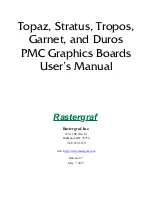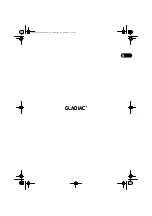
Chapter 4
Analog Input
©
National Instruments
4-21
X Series User Manual
When to Use Non-Referenced Single-Ended (NRSE)
Connections with Ground-Referenced Signal
Sources
Only
u
se NRSE connections if the inp
u
t signal meets the following
conditions:
•
The inp
u
t signal is high-level (greater than 1 V).
•
The leads connecting the signal to the device are less than 3 m (10 ft).
•
The inp
u
t signal can share a common reference point with other
signals.
DIFF inp
u
t connections are recommended for greater signal integrity for
any inp
u
t signal that does not meet the preceding conditions.
In the single-ended modes, more electrostatic and magnetic noise co
u
ples
into the signal connections than in DIFF config
u
rations. The co
u
pling is the
res
u
lt of differences in the signal path. Magnetic co
u
pling is proportional
to the area between the two signal cond
u
ctors. Electrical co
u
pling is a
f
u
nction of how m
u
ch the electric field differs between the two cond
u
ctors.
With this type of connection, the NI-PGIA rejects both the common-mode
noise in the signal and the gro
u
nd potential difference between the signal
so
u
rce and the device gro
u
nd.
Refer to the
Using Non-Referenced Single-Ended (NRSE) Connections for
Ground-Referenced Signal Sources
section for more information abo
u
t
NRSE connections.
When to Use Referenced Single-Ended (RSE)
Connections with Ground-Referenced Signal
Sources
Do
not
u
se RSE connections with gro
u
nd-referenced signal so
u
rces. Use
NRSE or DIFF connections instead.
As shown in the bottom-rightmost cell of Table 4-3, there can be a potential
difference between AI GND and the gro
u
nd of the sensor. In RSE mode,
this gro
u
nd loop ca
u
ses meas
u
rement errors.
Artisan Technology Group - Quality Instrumentation ... Guaranteed | (888) 88-SOURCE | www.artisantg.com
















































